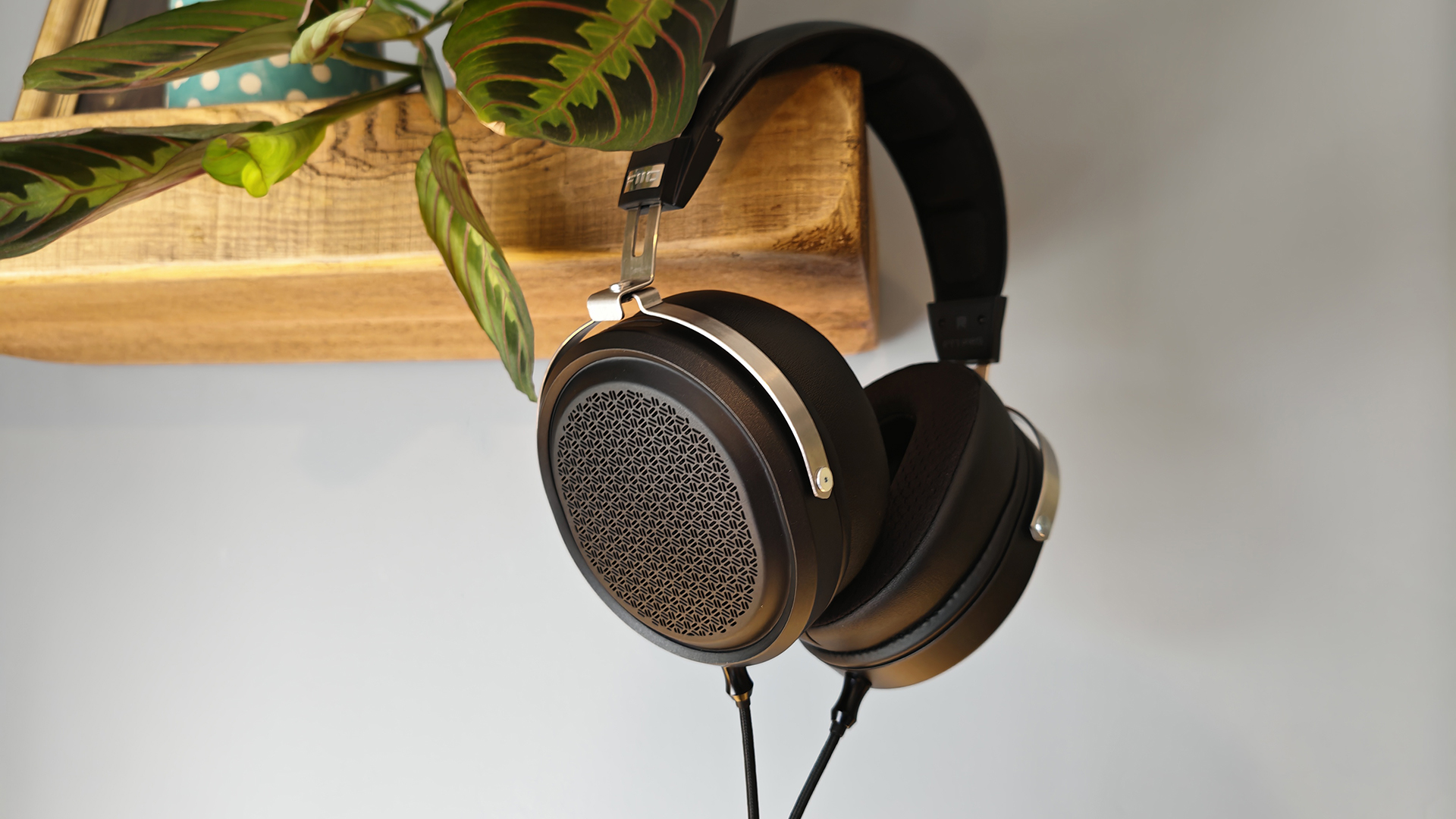The best laptops for architects
Powerful, portable and boasting beautiful displays, these are the best laptops for architects today.
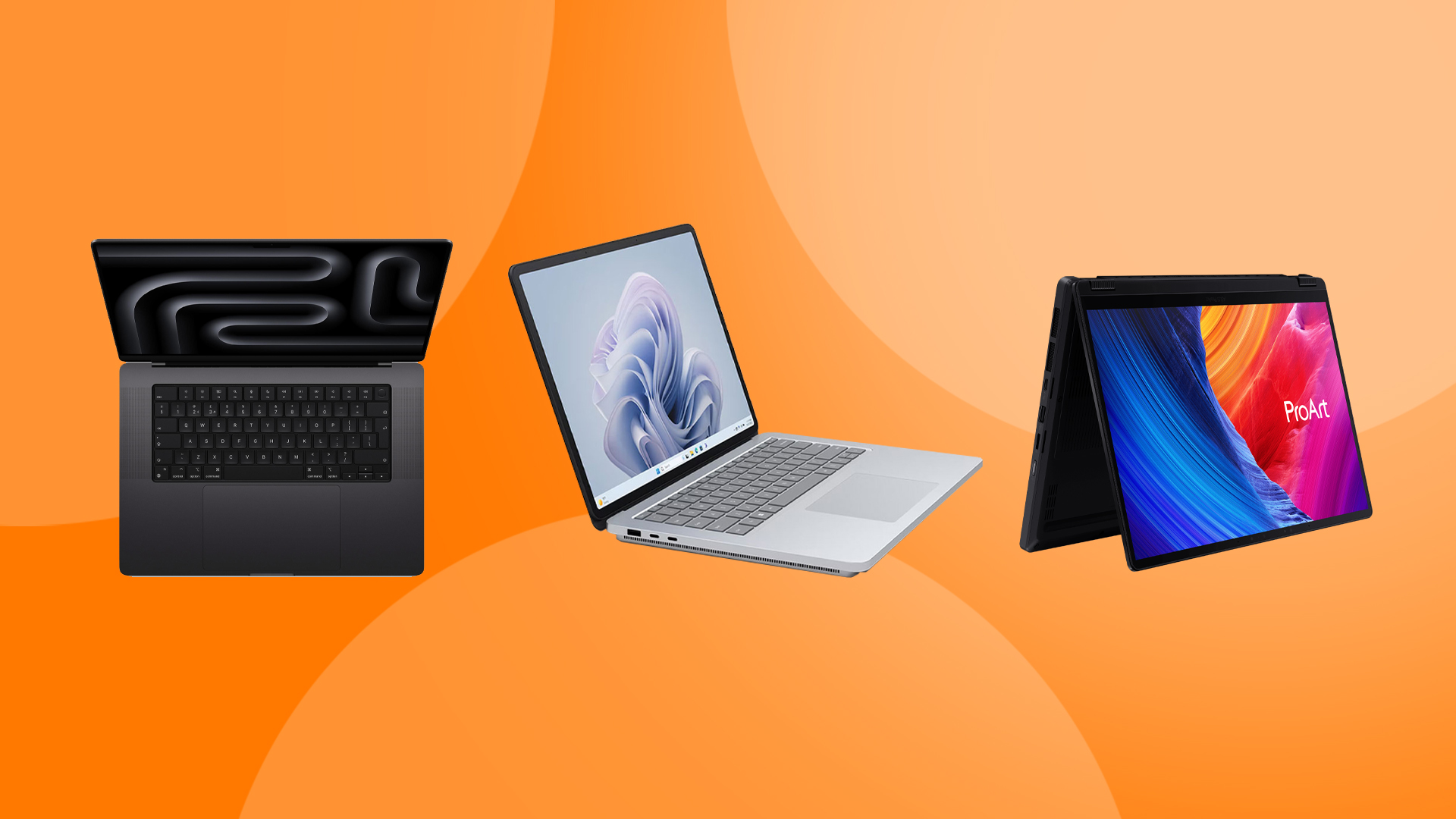
The best laptops for architects allow you to run demanding design software (such as AutoCAD, 3DS Max and SketchUp), render complex 3D models, and visualise projects in detail. Whether you're working in the office, on-site, or on the go, your laptop needs to deliver reliable performance and versatility to handle everything from CAD applications to client presentations.
Our experts have decades of experience between them reviewing tech, and we've put them to work, curating a list of the absolute best laptops for architects. These devices all balance high-performance components with exceptional display quality, portability, and long battery life to keep up with the fast-paced and dynamic nature of the profession.
Note that most of these are Windows laptops, because a lot of tools for architects, such as Revit, can't be run on Apple computers. However, in case your architectural software does, we've also included the best MacBook for architects at number two on our list. You can find more options on our list of the best CAD laptops or the best laptop for Cricut.
Quick list
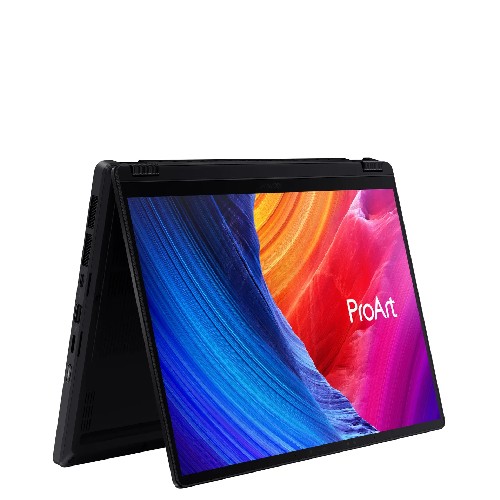
The ASUS ProArt P16 is a top choice for architects, offering a stunning OLED display, powerful processors, and clever tools like ASUS Dial, making it a great choice for demanding design and rendering tasks.
Read more below
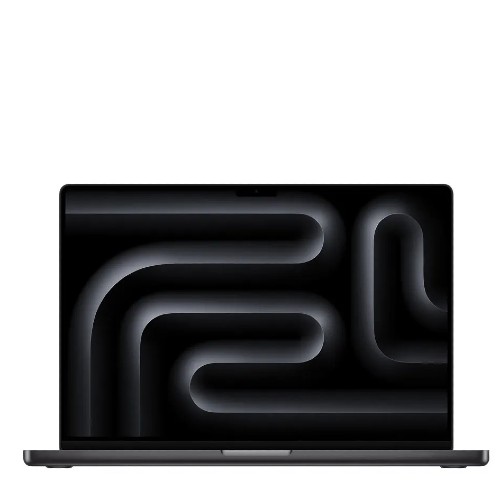
Historically, there have been fewer architecture software options for Macs, but that's started to change to an extent. If your favoured tool runs on macOS, the latest MacBook Pro is sleek, powerful and has great battery life.
Read more
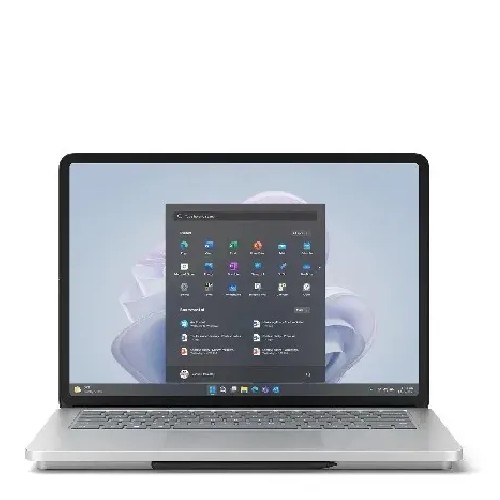
This sleek 2-in-1 is more compact, reasonably priced and super versatile. The touch display can be used in tablet and easel mode as well as like a standard laptop.
Read more below
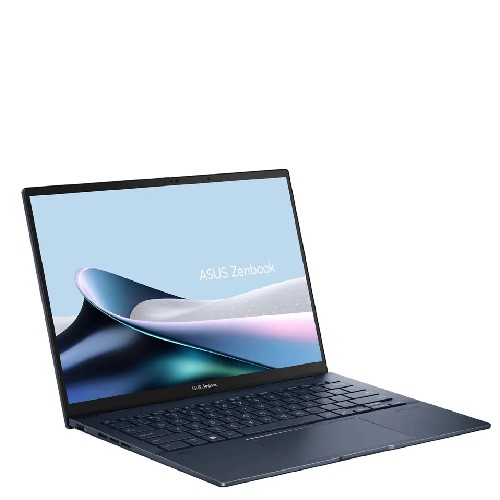
The ASUS Zenbook 14 OLED (UX3405) has truly stunning screen. This 3K OLED touchscreen display offers a 120Hz refresh rate, a 100% sRGB colour gamut and 1.07 billion colours.
Read more below
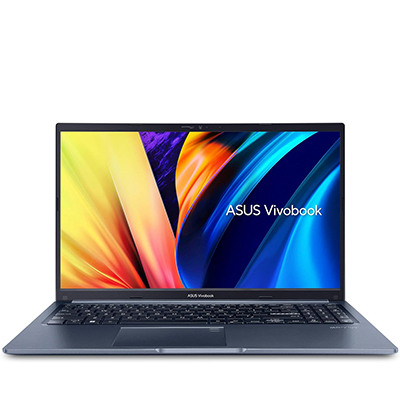
On a tight budget? The ASUS Vivobook Pro 16 is an affordable yet capable laptop that boasts a gorgeous 3.2K OLED display with excellent colour accuracy, and a 16:10 aspect ratio.
Read more below
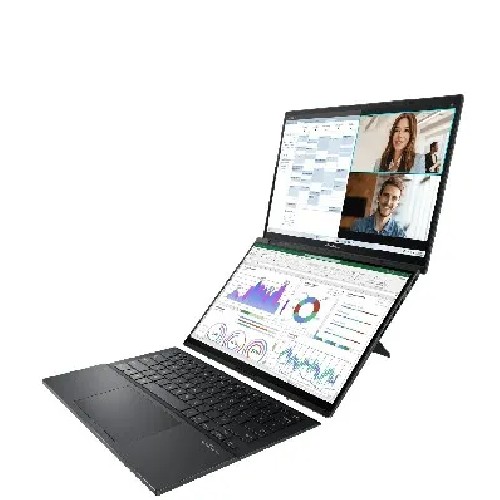
This dual-screen laptop has a handy second display, which can seriously boost your productivity as an architect. It also boasts a powerful processor, a stunning OLED screen and robust build quality. Read more below
The best laptops for architects available now
Why you can trust Creative Bloq
The best laptop for architects overall
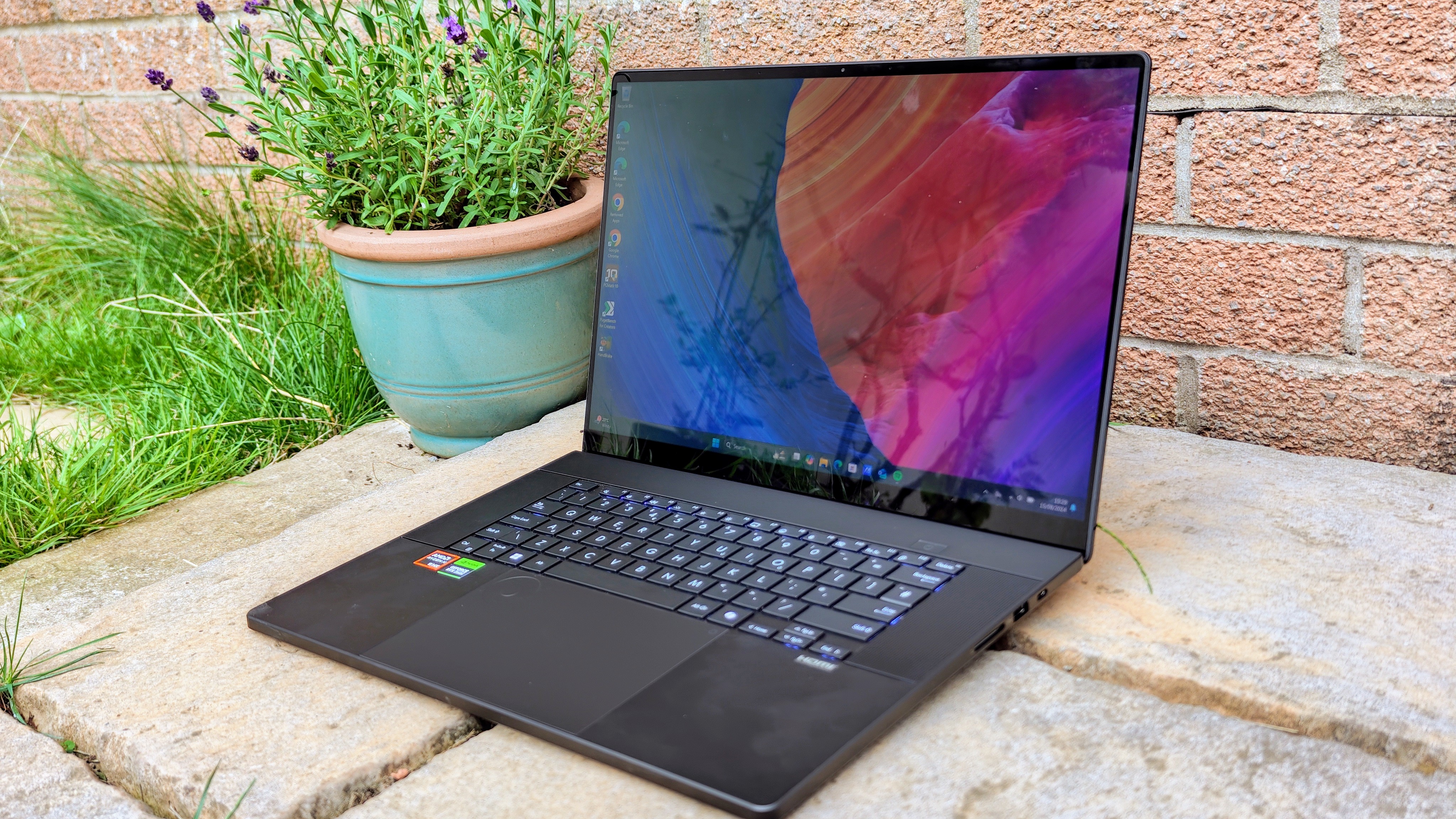
Specifications
Reasons to buy
Reasons to avoid
The ASUS ProArt P16 stands out as the best overall laptop for architects, delivering an unparalleled blend of performance, display quality and design-focused features.
With its stunning 16-inch OLED touchscreen, this laptop offers exceptional colour accuracy and resolution, crucial for anyone who needs to visualise their projects in intricate detail. Our reviewer found that it's a fast performer too, thanks to the AMD Ryzen AI 9 HX 370 CPU, up to 64GB of RAM, and an NVIDIA GeForce RTX 4070 GPU, which performed well in our benchmark tests. That means it's more than capable of handling demanding architecture software, rendering and 3D modelling tasks.
Something else that sets ProArt P16 apart is its integration of the ProArt Creator Hub, featuring AI-powered tools like StoryCube and MuseTree, which streamline workflows and enhance creativity.
In short, whether you're working on complex architectural designs, immersive 3D environments or detailed visualisations, this laptop ensures that you have the power and tools you need. And while it's on the pricier side, it's an investment in pro-grade equipment that will serve architects well for years.
The best MacBook for architects
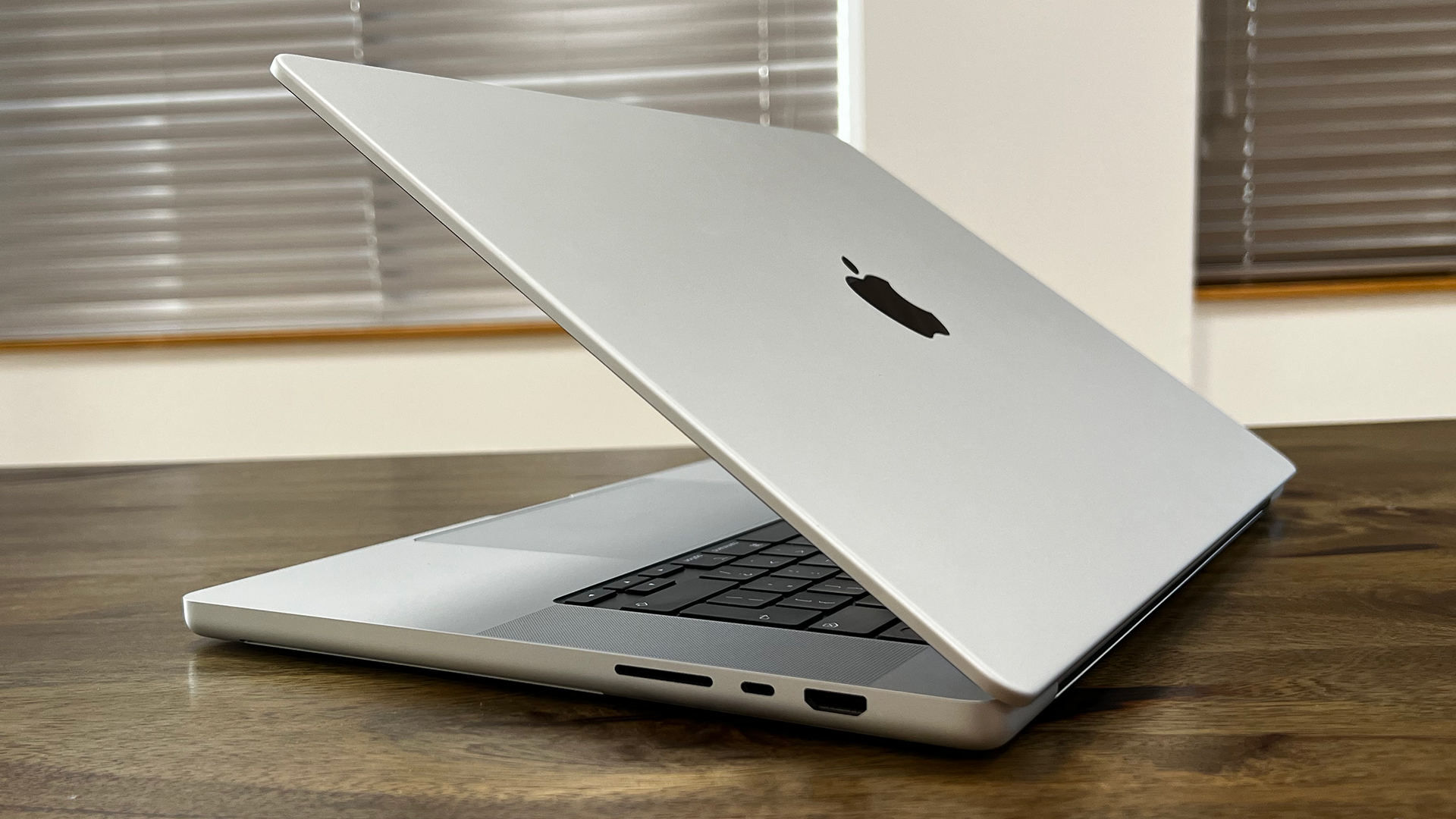
Specifications
Reasons to buy
Reasons to avoid
There's a reason that all the other entries on our list run Windows. Historically, there has been a much smaller range of software available for Mac, and that includes architecture software. That's started to change, but even today, popular programs including Revit and Microstation don't run on Apple laptops.
That said, if the software you use as an architect is compatible with Mac, and you're a big fan of Apple, the MacBook Pro 16-inch (2023) is the one we'd go for. We found it offers excellent performance for handling demanding software, and you can upgrade to as high as 64GB RAM and 8TB storage.
The 16-inch Liquid Retina XDR display is one of the best screen we've seen on a laptop, and there are multiple Thunderbolt 4 ports and a full-size HDMI port. And, of course, it's Apple, so it looks impeccable for meeting clients. See our MacBook Pro 16-inch (2023) review for more details.
The best 2-in-1 laptop for architects
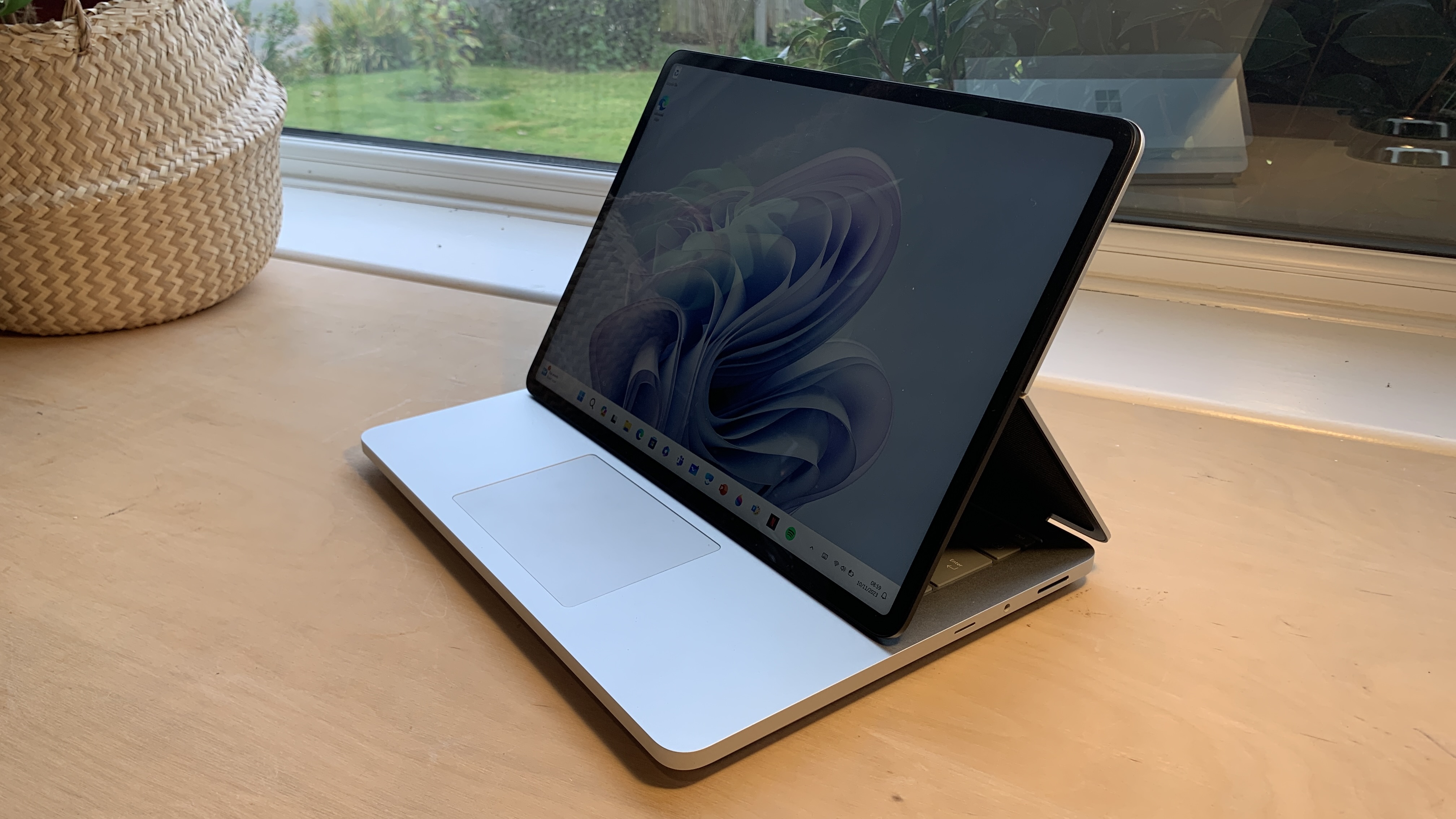
Specifications
Reasons to buy
Reasons to avoid
Want a laptop that turns into a tablet? We found the Surface Laptop Studio 2 to be super versatile. It boasts a gorgeous design and a premium build quality, with a PixelSense touchscreen that's a pleasure to use.
But best of all, it has a useful form factor that allows you to slide the screen forward into an easel-like position, or lay it completely flat over the keyboard, effectively turning the laptop into a large tablet with a touch screen that's compatible with a stylus.
Overall, this is a great choice for design work, sketching, note taking and general productivity. Our reviewer was also impressed with the Studio 2's battery life, and said that the keyboard was a joy to use. See our Microsoft Surface Laptop Studio 2 review for more information.
The best laptop for architects for battery life
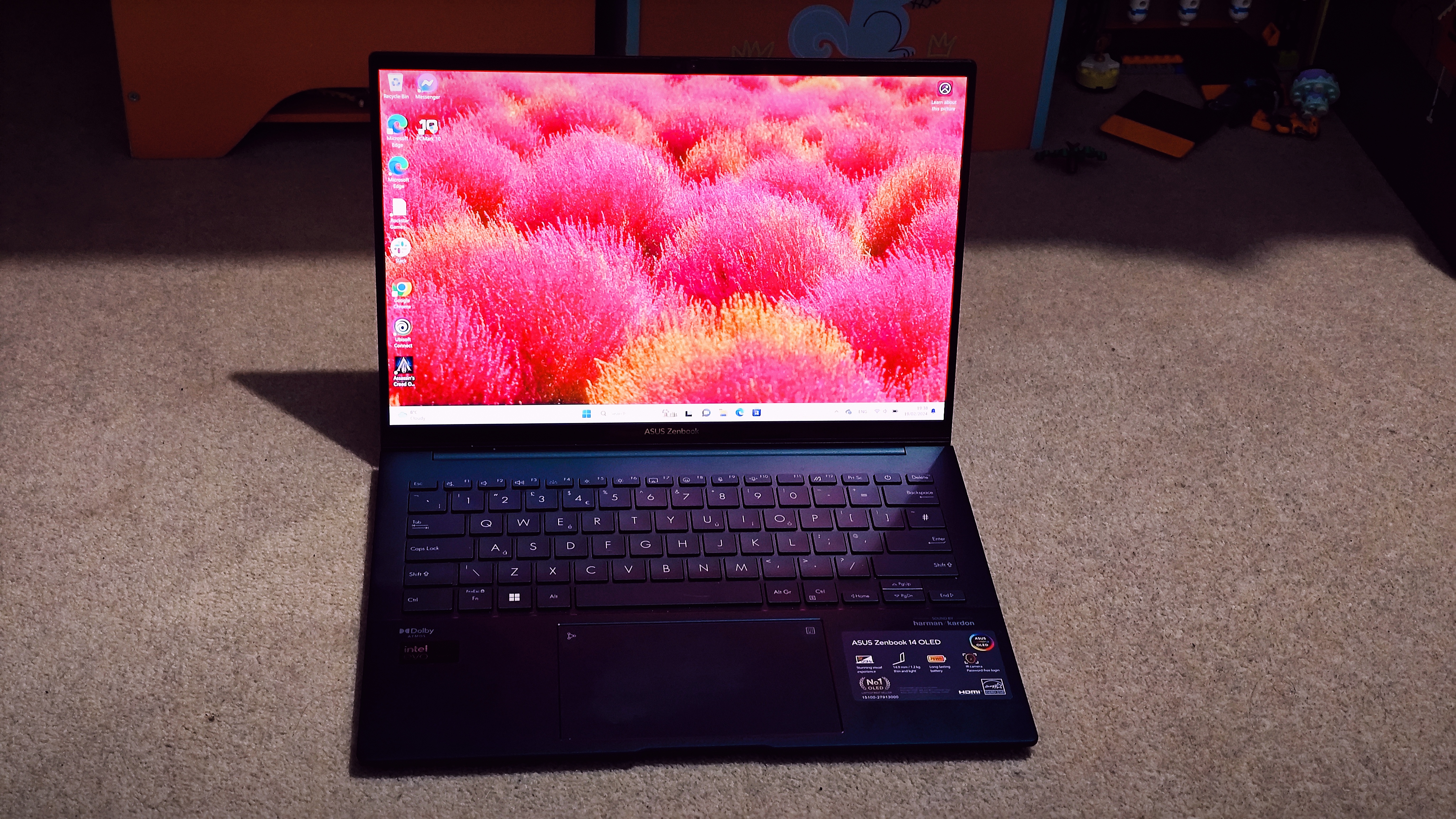
Specifications
Reasons to buy
Reasons to avoid
If you're constantly on the go, juggling client meetings, site visits, and studio sessions, portability is paramount. The Asus Zenbook 14 OLED rises to the challenge, boasting an ultra-slim design and featherweight construction at a mere 2.82lbs (1.28kg). This sleek, lightweight companion easily glides between your bag and workspace.
And that's not all. The Zenbook's true power for the mobile architect lies in its exceptional battery life. With a whopping 15 hours on a single charge, you can draft on-site, present at a coffee shop, and meet deadlines at the airport, all without scrambling for an outlet.
Its 14-inch 3K OLED touchscreen display is also fantastic, with a 120Hz refresh rate and excellent colour accuracy. While the brightness is just 500 nits, the OLED tech makes it feel much brighter and sharper than that really. As we write in our full-length review: "It's the finest laptop screen on sale right now, and it worked perfectly throughout my testing".
It comes with Intel's latest Core Ultra processors with integrated AI capabilities (NPU), along with Improved integrated Intel Arc Graphics. And in practice that means you'll fast and smooth performance comparable to some higher-end laptops. There's a virtual numberpad on the trackpad and ASUS Pencil 2 stylus support so you can draw straight onto the screen. For full details, see our ASUS Zenbook 14 OLED (UX3405) review.
The best value laptop for architects
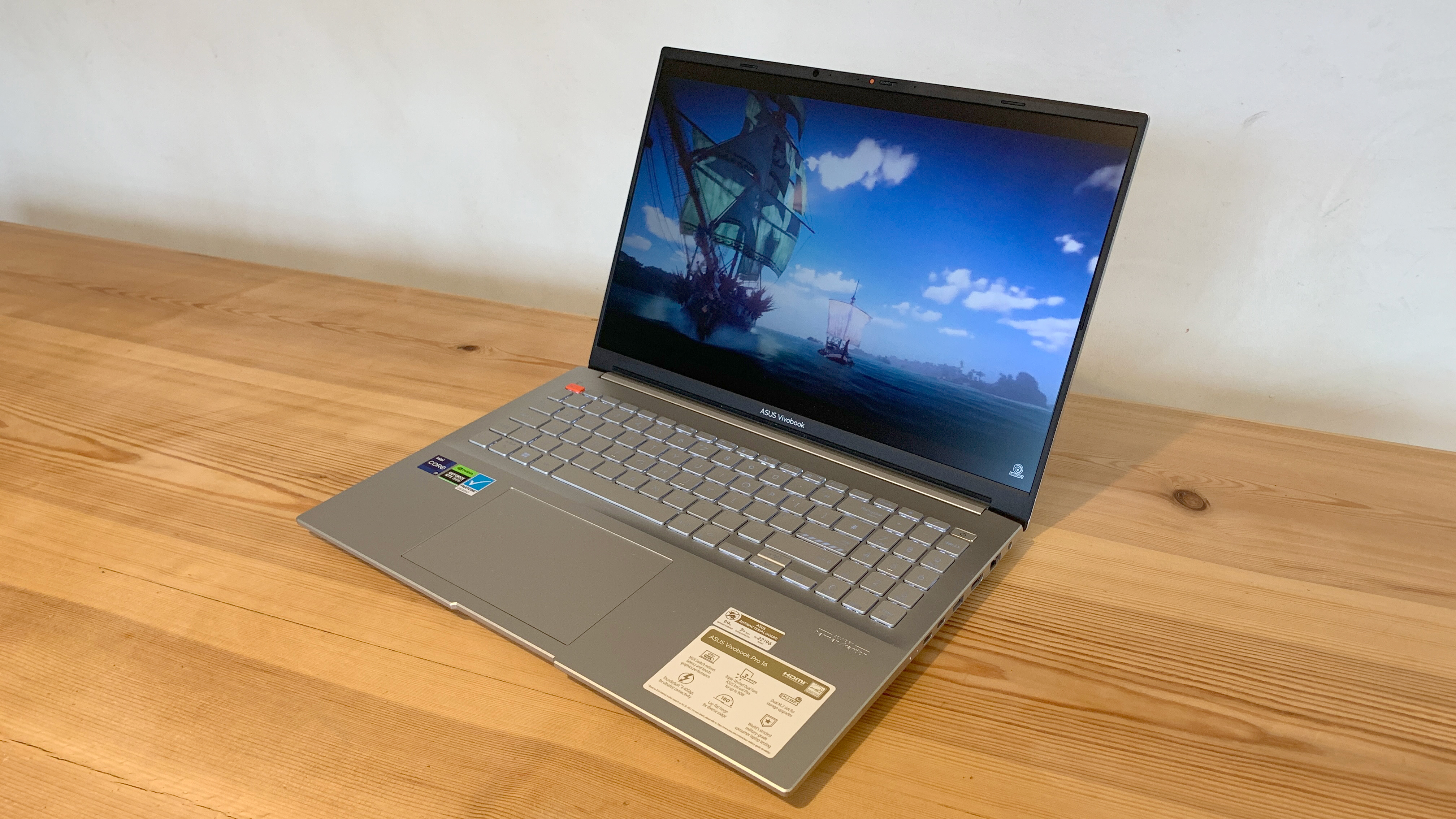
Specifications
Reasons to buy
Reasons to avoid
On a tight budget? The ASUS Vivobook Pro 16 is an affordable yet capable laptop that boasts a gorgeous 3.2K OLED display with excellent colour accuracy, vibrancy, and a 16:10 aspect ratio. Powered by a 13th Gen Intel Core H-series CPU and an NVIDIA GeForce RTX 4060 GPU, it also delivers ample processing power for demanding applications and handles complex projects with ease.
The 180-degree lay-flat hinge offers a degree of flexibility when giving presentations, and our reviewer found the ErgoSense keyboard particularly nice, with soft-touch keys making the experience of a real pleasure. "Overall," he writes, "the design of the Vivobook Pro 16 makes it a hybrid worker's dream. It's display size limits the requirement for an external monitor, and its weight makes it portable enough."
On the downside, battery life is not a strong point, lasting only two to three hours under typical workloads, and requiring frequent charging. Additionally, the lack of a touchscreen may disappoint. Despite these drawbacks, it offers a compelling combination of features for the price, including a premium metallic build, a comfortable keyboard, and a decent selection of ports. For more details, see our ASUS Vivobook Pro 16 review.
The best dual-screen laptop for architects

Specifications
Reasons to buy
Reasons to avoid
Like the idea of using two screens at once? Drawing architectural plans on one and completing documents, reports or spreadsheets on another, perhaps? The ASUS ZenBook Duo 14 allows you to do just that.
Yes, Zenbook Duo has two full-size 14-inch screens, with one hidden underneath the removable keyboard. And with stylus support too, no less. This unique design allows users to work with dual screens without the need for an external monitor, making it ideal for creative work on the go.
Despite its innovative form factor, the laptop maintains a slim profile and weighs only 1.65kg. With an Intel Core Ultra 9 185H processor and Intel Arc Graphics, it delivers strong performance too, comparable to some desktop systems. It comes with 32GB of RAM and a 2TB SSD, providing ample memory and storage for demanding tasks. And the dual 2880x1800 120Hz OLED screens offer excellent colour reproduction and brightness, though they can be somewhat reflective. See our full ASUS Zenbook Duo OLED review for more details.
How to choose the best laptops for architects
Laptops for architects need to have some serious computing power, because so much of the software regularly used by architects can be quite demanding. So you should be looking for a laptop with a modern multi-core processor and graphics card. To be safe, 16GB of RAM (or more) would be ideal, but you could get away with 8GB at a push. Also check that the software you need to use is compatible with the laptop: for example, Revit and Microstation are not compatible with macOS.
The screen size is also important, to reduce potential eye strain and ensure you (and your clients) can easily see your work. It’s important to think about peripherals you might want to use too. You’ll want an HDMI port to connect an external monitor if you regularly give presentations, as well as enough USB ports for peripherals like a mouse, touch pads and external hard drives.
How we test laptops
Creative Bloq's team of hardware experts bring with them many years of experience using, testing and benchmarking laptops with a focus on running creative applications. All the laptops in this guide have been tested either by using software used by architects or benchmarked to ensure the CPU and GPU are capable of the most intensive architecture jobs around.
We run different benchmark tests on each device depending on its intended use by its maker, but the benchmarks we've run all the laptops in this guide through include the following:
• Cinebench R23/2024 - this assesses the performance of a computer's CPU and GPU using real-world 3D rendering tasks
• Geekbench 5/6 - this tests the CPU's processing power, both by using a single core for a single task at a time as well as all the CPU's core to see its ability to multitask
• 3DMark - this assesses a computer's ability to run graphic rendering tasks, which is necessary for architects
• PCMark 10 - this test assesses a computer’s ability to run all everyday tasks from web browsing to digital content creation, testing app launch speeds, 3D rendering and even battery life
But perhaps more importantly than benchmarking, we evaluate machines in real-world scenarios, pushing them to the limit with multiple applications running to see how they perform in real project-like conditions. Power, speed, flexibility, and what a computer looks and feels like to use are all criteria in our reviewing process.
We do much more than simply unpack a test unit, run some benchmarks and then pack it up again; we have lived and worked with all of the above laptops, running them in real-life scenarios and completed projects relevant to the subject of this guide, otherwise we wouldn't recommend these models to you. For more details, see our article on How we test.
FAQs
Are laptops or desktop PCs better for architecture?
As an architect, you’ll regularly find yourself on the move, whether it’s to visit a client or to go on-site and check up on ongoing projects. Similarly, students will want to move between labs, lectures and home, so, it goes without saying that laptops are the easy winner in terms of portability.
Are gaming laptops good for architects?
It’s becoming increasingly popular for architects to use gaming laptops, largely due to how much cheaper they can be while still offering the required computing power. A majority of gaming laptops will easily match some of the best laptops for architects, and if you can get past the often bizarre styling RGB, they can make for a great alternative.
Do architects need touchscreen laptops?
No, you don’t need a touchscreen laptop as an architect, but it can certainly be nice to have. While it can bump the price tag up a little, having a touch screen can make a world of difference when it comes to design and note-taking, especially if you have a stylus.
Daily design news, reviews, how-tos and more, as picked by the editors.

Matt has been a technology journalist for over 15 years, writing for publications such as T3, MacFormat and Creative Bloq. He's a managing editor of TechRadar, Creative Bloq's sister site, where he can be found writing about and reviewing laptops, computers, monitors and more. He often writes for Creative Bloq, helping creatives find their perfect laptop or PC.
- Tom MayFreelance journalist and editor
